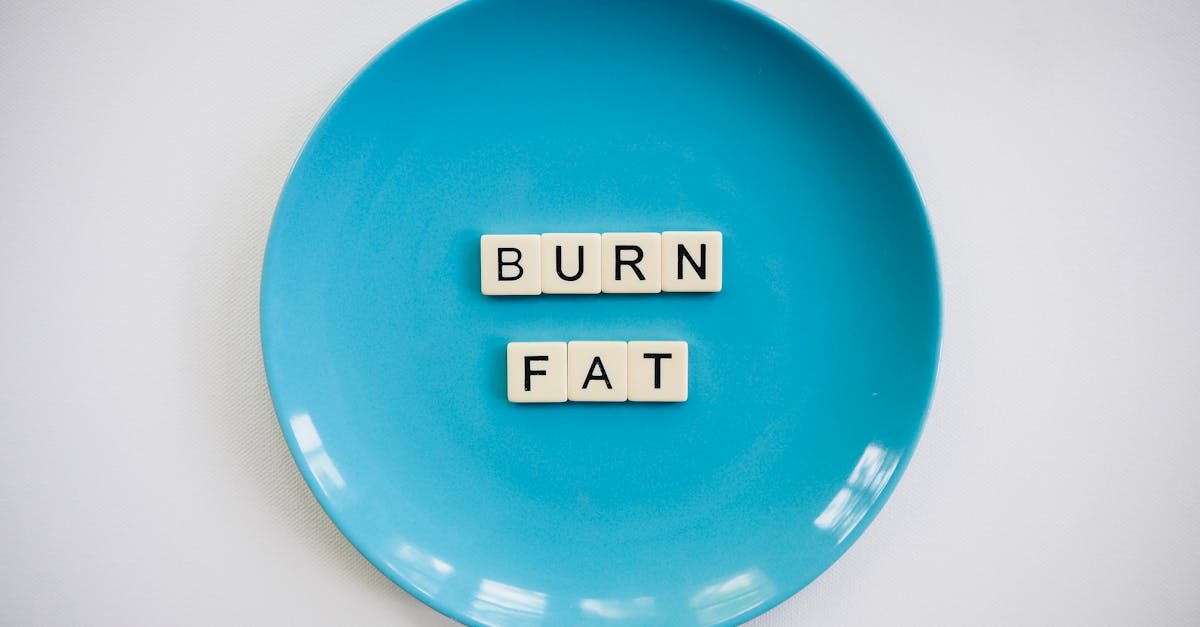When it comes to fat loss, the debate between incline walking and running has been a hot topic among fitness enthusiasts. Both exercises can help you shed pounds, but which is more effective? In this article, we’ll dive deep into the comparison of incline walking versus running, examining their benefits, calorie burn, and overall effectiveness for fat loss. We’ll also provide a clear table to help you understand the key differences at a glance. Let’s get started!
| Criteria | Incline Walking | Running |
|---|---|---|
| Calorie Burn | Higher at moderate speeds | Higher at faster speeds |
| Impact on Joints | Low impact | High impact |
| Muscle Engagement | Engages glutes and hamstrings | Full body engagement |
| Duration | Can be sustained longer | Short bursts of intensity |
| Accessibility | Can be done anywhere | Requires more space |
| Calories Post-Exercise | Moderate afterburn | High afterburn effect |
| Suitability for Beginners | More beginner-friendly | Can be challenging for beginners |
Calorie Burn
Calorie burn is a crucial factor for anyone looking to lose fat. Incline walking can burn a significant amount of calories, especially when performed at a moderate pace and a steep incline. Studies have shown that incline walking can burn up to 50% more calories than walking on a flat surface. On the other hand, running typically burns more calories per minute than walking, particularly at faster speeds. However, because incline walking is often easier to sustain over a longer duration, many find that they can burn a comparable amount of calories over time.

Impact on Joints
One of the most significant advantages of incline walking over running is its low impact nature. Incline walking puts less stress on your joints, making it an ideal option for individuals with joint issues or those who are overweight. Running, while effective for fat loss, can lead to joint pain or injuries due to its high-impact nature. For those looking for a sustainable workout option without the wear and tear on their bodies, incline walking is a preferable choice.

Muscle Engagement
Both incline walking and running engage different muscle groups. Incline walking particularly targets the glutes, hamstrings, and calves, providing a solid workout for the lower body. Conversely, running engages a wider range of muscles, including the core and upper body, especially when performed at a high intensity. If your goal is to tone specific muscle groups while burning fat, incline walking may be more beneficial, as it emphasizes lower body strength without the exhaustive demands of running.

Duration
For fat loss, the duration of your workout can play a significant role. Incline walking can be sustained for longer periods, allowing for a more extended fat-burning session. Many people find that they can comfortably walk on an incline for 45 minutes to an hour or more, whereas running may lead to fatigue and require longer recovery periods. This makes incline walking a more accessible option for those looking to maintain a consistent exercise routine.

Accessibility
Incline walking is incredibly accessible. You can do it on a treadmill, on a hillside, or even outdoors on a flat surface by increasing your incline. This versatility allows you to incorporate incline walking into your routine regardless of your environment. Running, while also accessible, often requires more space and may not be feasible for everyone, especially in crowded urban areas or during inclement weather.

Calories Post-Exercise
The afterburn effect, or excess post-exercise oxygen consumption (EPOC), is another factor to consider. While running typically produces a higher afterburn effect due to its intensity, incline walking still contributes to calorie burning even after the workout is completed. The moderate intensity of incline walking can keep your metabolism elevated for a more extended period, making it an effective fat loss strategy.

Suitability for Beginners
Finally, incline walking is often more suitable for beginners. It allows individuals to ease into a fitness routine without the high demands that running can impose. This can help prevent injuries and build confidence as one develops their fitness level. For those new to exercise, incline walking provides an excellent way to improve cardiovascular health and burn calories without overwhelming themselves.

FAQs
Is incline walking as effective as running for fat loss?
Incline walking can be as effective as running for fat loss, especially when considering the ability to sustain longer workouts at a moderate intensity. The key is to find a balance that works for your body and preferences.
How many calories can I burn with incline walking?
The number of calories burned during incline walking varies based on factors like speed, incline level, and individual weight. On average, a 155-pound person can burn about 300 calories in 30 minutes of brisk incline walking.
Can incline walking help tone my legs?
Yes, incline walking is excellent for toning the legs, as it primarily targets the glutes, hamstrings, and calves, providing a comprehensive lower body workout.
Should I choose incline walking or running for weight loss?
The choice between incline walking and running for weight loss depends on your fitness level, preferences, and any joint issues. Incline walking may be preferable for those seeking a lower-impact workout, while running can offer higher intensity and calorie burn for those who can handle it.
How often should I incorporate incline walking into my routine?
For optimal fat loss, aim to include incline walking 3-5 times a week, gradually increasing the duration and incline level as your fitness improves.
References:
– [American Heart Association](https://www.heart.org)
– [CDC Physical Activity Guidelines](https://www.cdc.gov/physicalactivity/guidelines/index.html)
– [Harvard Health Publishing](https://www.health.harvard.edu)



